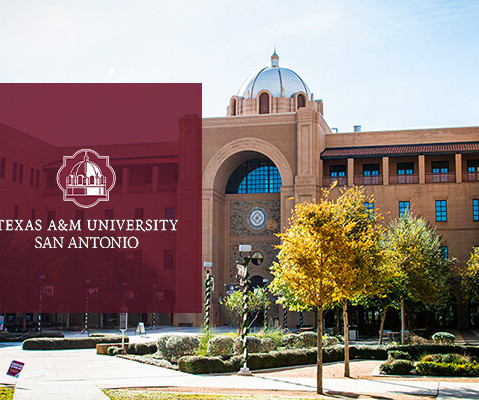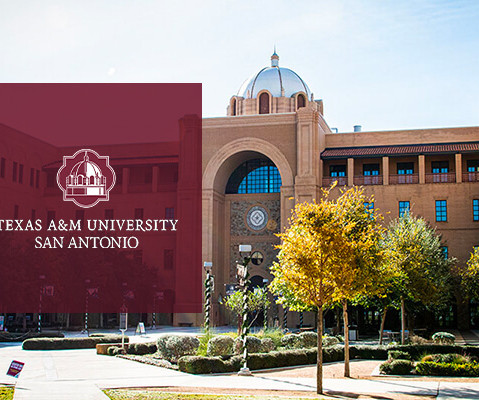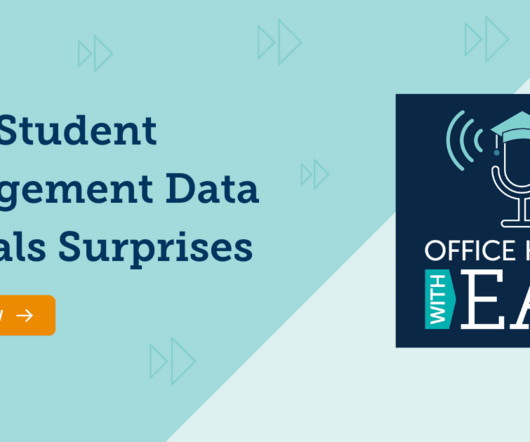Data and Collaboration are the Key to Preserving Higher Ed’s Hard-Fought Equity Gains
Diverse: Issues in Higher Education
NOVEMBER 30, 2022
Since deploying Civitas Learning’s Student Impact Platform, for example, our academic advisors are now able to quickly identify and connect with learners who are struggling, especially in gateway courses that are crucial for their majors. to take advantage of academic coaching.














Let's personalize your content